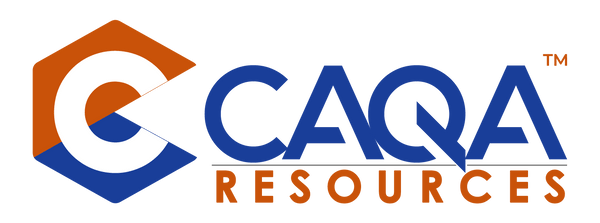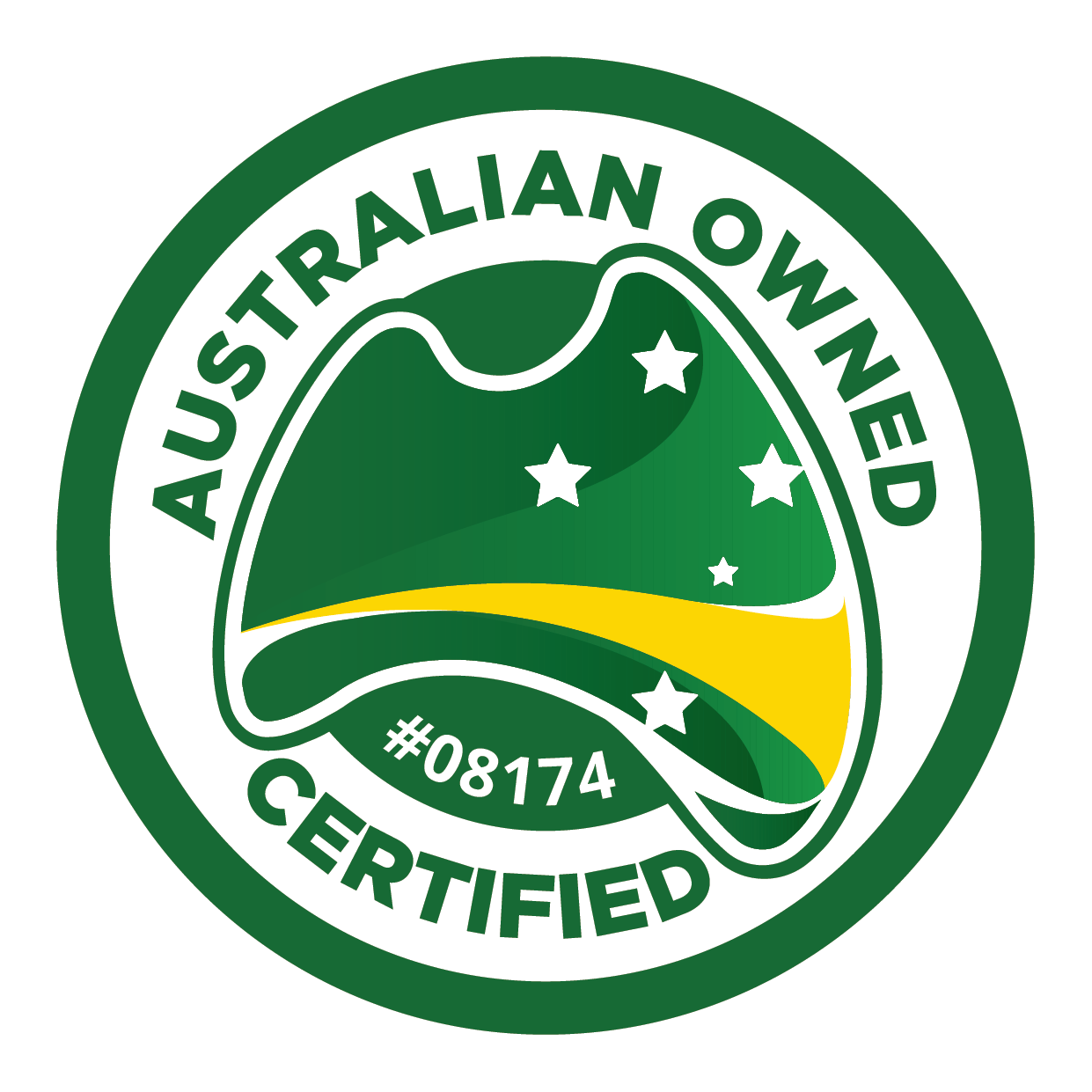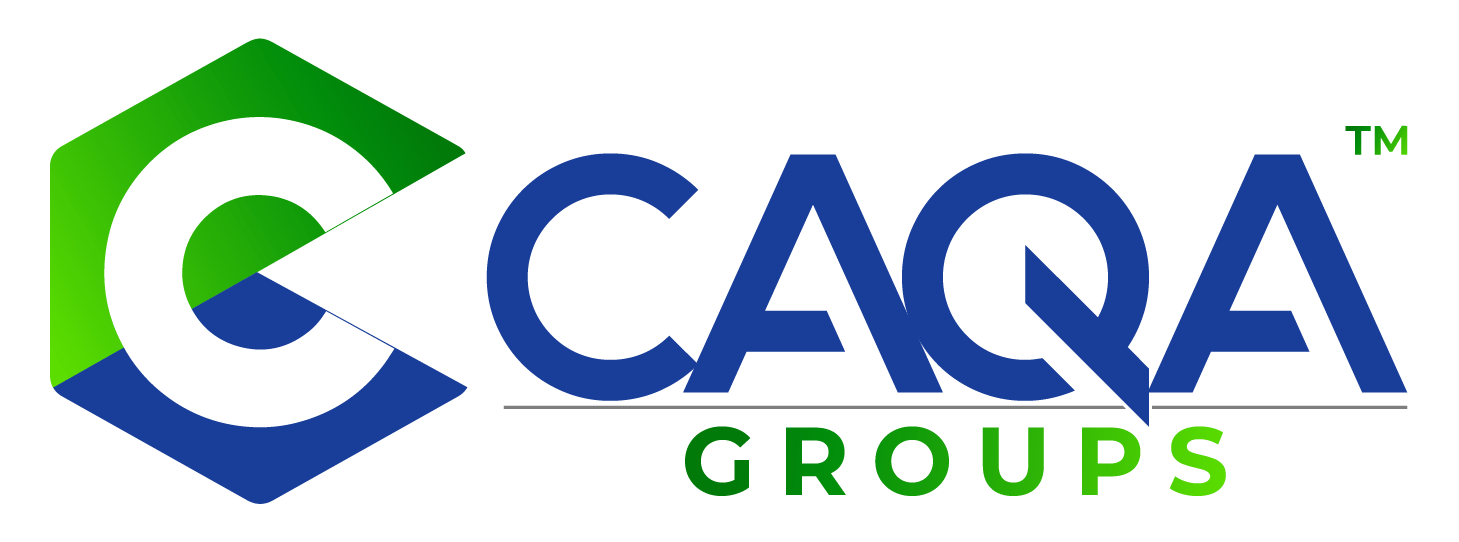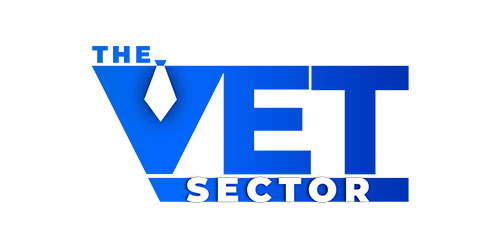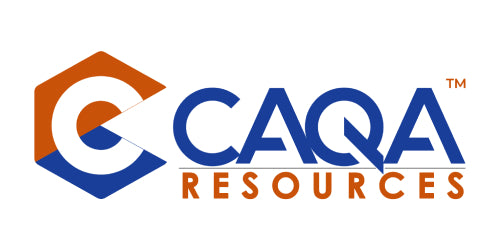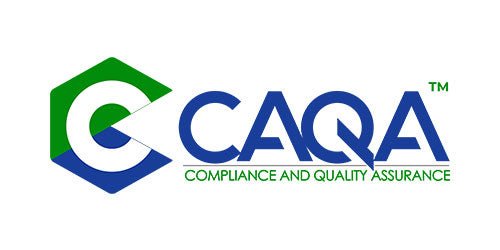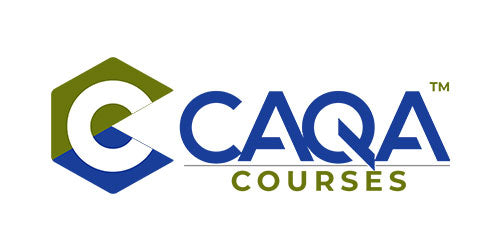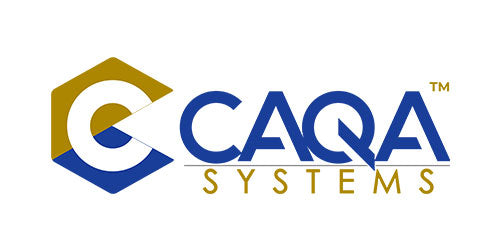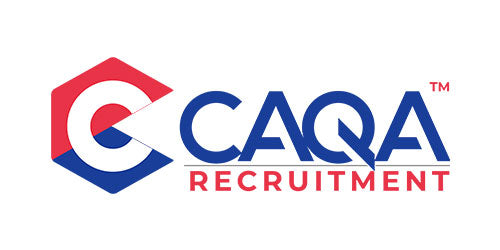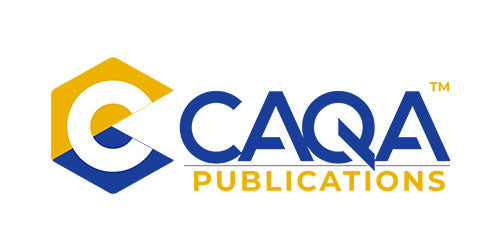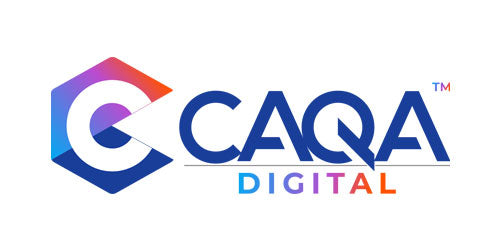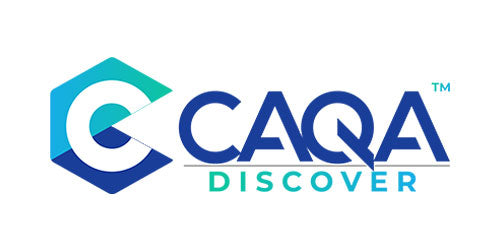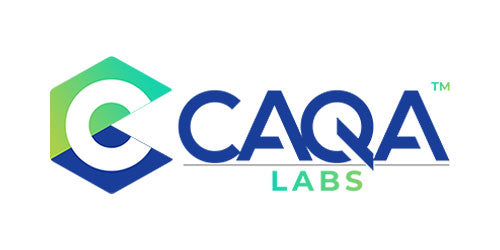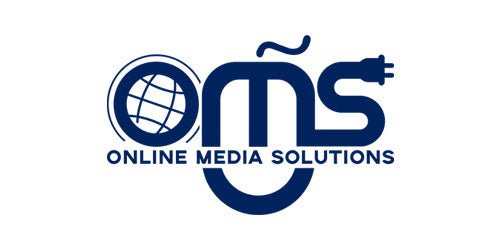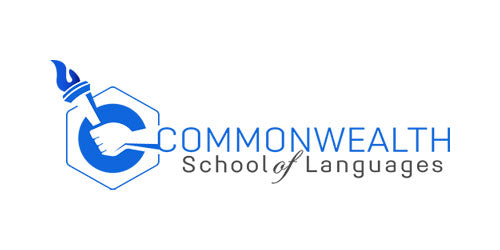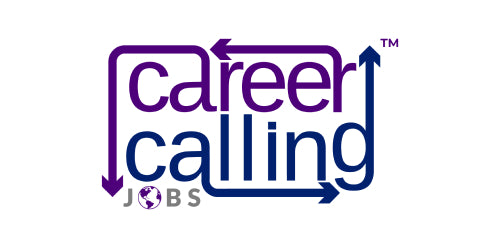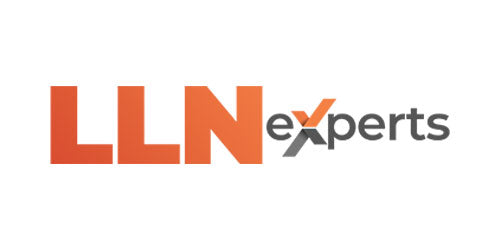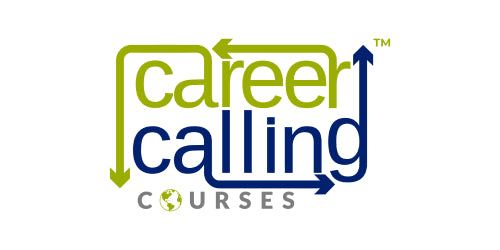Introduction
Assessment evidence plays a critical role in the Vocational Education and Training (VET) sector. It serves as the foundation upon which assessors gauge a student’s vocational competence. This comprehensive view considers multiple types of evidence: direct, indirect, and anecdotal, each having its advantages and disadvantages.
Types of Assessment Evidence
Direct Evidence
Definition: Generated through firsthand observation of the candidate or via their immediate accounts.
Forms: Observations, interviews, products/artifacts, specialised assessment tasks.
Advantages: Provides a direct link between skill and evidence, specific and detailed, useful for diagnosis and planning.
Disadvantages: Time-consuming, expensive, open to interpretation without benchmarks.
Indirect Evidence
Definition: Generated from sources other than the candidate, like witnesses or recorded materials.
Forms: Questionnaires, tests, interviews.
Advantages: Broad range of assessment, less time-consuming, adaptable.
Disadvantages: Less reliable, prone to bias, often less detailed.
Anecdotal Evidence
Definition: Unsystematic observations or accounts indirectly related to the candidate's performance.
Forms: References, employer feedback, third-party observations.
Advantages: Provides supplementary insights into effectiveness.
Disadvantages: Not to be used as a sole basis for assessment decisions.
Considerations for Using Assessment Evidence
Alignment with Assessment Context and Purpose
Practical Skills: Direct evidence is typically more suitable.
Theoretical Knowledge: Indirect evidence may be more apt.
Combination of Evidence Types
Using a mix of direct, indirect, and anecdotal evidence can provide a more comprehensive picture of the candidate’s competence.
Standardisation and Benchmarking
To counteract interpretation variances, evidence should be measured against standardised benchmarks present in training and assessment resources.
Avoiding Bias
It is essential for assessors to be aware of the potential biases that can affect both direct and indirect forms of evidence and take steps to mitigate them.
Conclusion
Assessment evidence in the VET sector is multifaceted, and each type offers unique advantages and limitations. Therefore, assessors should employ a combination of evidence types, carefully aligned with the assessment’s purpose and context, to make fair and accurate judgments about a candidate's vocational competence. By taking a nuanced approach to gathering and interpreting evidence, assessors can make more informed decisions that better serve both educational institutions and students.
FAQs for "Overview of Assessment Evidence in the VET Sector"
1. What is assessment evidence in the VET sector?
Answer: Assessment evidence in the VET sector refers to the types of information collected to evaluate a student's vocational skills and knowledge. It includes direct, indirect, and anecdotal evidence.
2. What are the types of assessment evidence?
Answer: The main types of assessment evidence are direct, indirect, and anecdotal. Direct evidence is gathered through firsthand observations or the student's own accounts. Indirect evidence comes from secondary sources like witnesses, recordings, or tests. Anecdotal evidence includes supplementary accounts or stories indirectly related to the candidate's performance.
3. When should direct evidence be used?
Answer: Direct evidence is best used for assessing practical skills and hands-on activities. It provides a clear, direct link between the skill being assessed and the evidence, offering detailed insights into a learner's abilities.
4. When should indirect evidence be considered?
Answer: Indirect evidence is often more appropriate for evaluating theoretical knowledge or when it is impractical to observe the skill directly. It can also be more time-efficient and less expensive to collect.
5. Can anecdotal evidence be used as the sole basis for assessments?
Answer: No, anecdotal evidence should not be used alone for making assessment decisions. It is best used in conjunction with direct and indirect evidence to provide a more comprehensive view of a student's capabilities.
6. How can assessors avoid bias in their evaluations?
Answer: Assessors can mitigate bias by using standardised benchmarks and rubrics to interpret evidence. Also, employing a mix of evidence types can offset the limitations and potential biases inherent in any single type of evidence.
7. What's the importance of using multiple types of evidence?
Answer: Using a variety of evidence types allows assessors to form a more comprehensive and accurate understanding of a student's vocational competence, making the assessment more fair and reliable.
8. Are there any common pitfalls to avoid when collecting assessment evidence?
Answer: Common pitfalls include relying too heavily on one type of evidence, not aligning the type of evidence with the assessment’s purpose, and failing to consider biases that can affect the reliability and validity of the assessment.
9. What is the role of standardisation and benchmarking in assessment?
Answer: Standardisation and benchmarking are crucial for ensuring that assessments are fair, consistent, and reliable. They provide a common framework against which all evidence can be evaluated, reducing the scope for interpretational discrepancies among assessors.
10. How can assessment evidence improve the quality of vocational education?
Answer: Quality assessment evidence can pinpoint areas of strength and weakness in a student’s skillset, allowing for more tailored educational strategies. It also ensures that students meet the required competencies, thereby maintaining the integrity and reputation of the VET sector.









